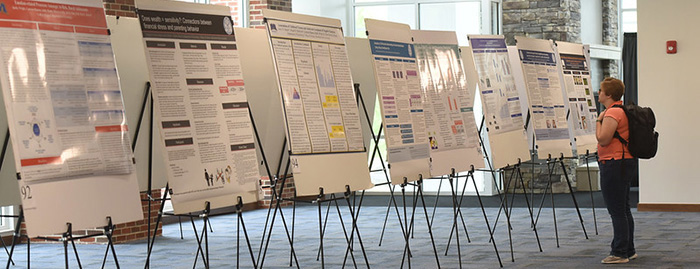Files
Download Full Text (6.4 MB)
Description
Prokayotic and eukarotic chromosome structure differs. Generally prokaryotes have a single circular chromosome, while eukaryotes have multiple linear chromosomes. Linear chromosomes contain telomeres, composed of repeated DNA sequences, at the ends of the chromosome. While telomeres play crucial roles in capping telomeres, they create an end-replication problem. To overcome this issue, most eukaryotes possess the ribonucleoprotein enzyme complex telomerase. Despite the existence of telomerase, telomeres nonetheless shorten with aging and are thought to be a major contributor to this phenomenon. On the other hand, telomerase is upregulated in >85% of human cancers in order to allow the uncontrolled cell proliferation that is a hallmark of the disease.
Publication Date
4-2023
Disciplines
Arts and Humanities | Business | Education | Engineering | Higher Education | Life Sciences | Medicine and Health Sciences | Physical Sciences and Mathematics | Social and Behavioral Sciences
Recommended Citation
Hamilton, Tanner and Mefford, Melissa A., "Challenges in creating circularized versions of linear chromosomes" (2023). 2023 Celebration of Student Scholarship - Poster Presentations. 5.
https://scholarworks.moreheadstate.edu/celebration_posters_2023/5

Included in
Arts and Humanities Commons, Business Commons, Engineering Commons, Higher Education Commons, Life Sciences Commons, Medicine and Health Sciences Commons, Physical Sciences and Mathematics Commons, Social and Behavioral Sciences Commons

